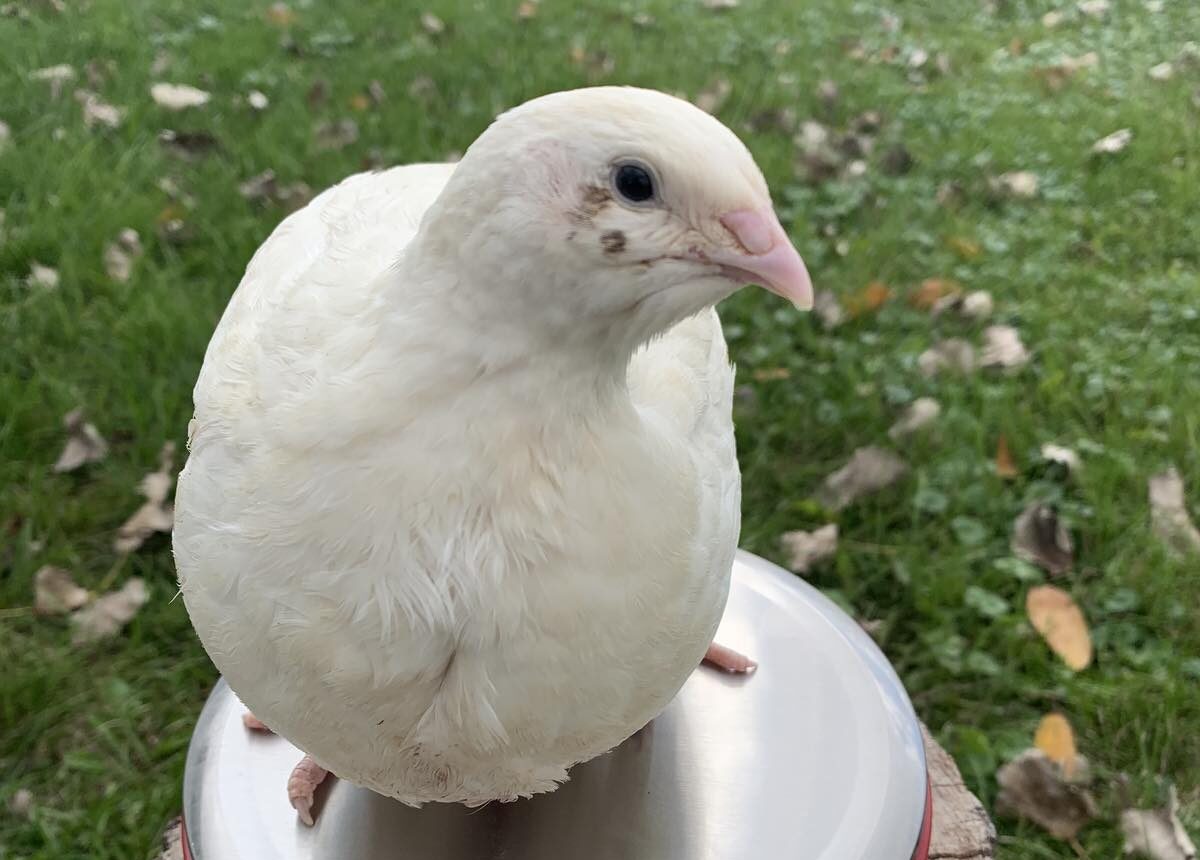By helenmaslikova@yahoo.com November 10, 2021
As their popularity as a farmed species grows, so does concern around quails’ welfare. Recent research, though, has offered insights into what rearing healthy, happy, high-performing quail means in practice.
Japanese quail (Coturnix japonica) may appear to many as exotic, relative newcomers to the poultry sector but they have been part of the domestic bird scene since the 12th (potentially even the 11th) century.
Interest in quail farming has grown post World War II with more time and effort devoted to selective breeding and mass production. As consumer interest in quail gathers apace – for evidence of this, check the number of well-known retailers that now stock quail eggs – so the way in which the birds are farmed is being more closely scrutinised.
Quail reared for their eggs are normally kept in battery-cage-style systems, whereas quail reared for meat are generally housed in high-capacity barn systems. Concern with the animal-welfare compromises of these set-ups, and with large-scale imports of birds and eggs from low-regulation farms in, for example, France and Spain, has seen several UK-based producers develop free-range or higher-welfare quail farms over the past decade or so.
One of the key issues noted with maintaining welfare-friendly facilitates for quail production, as highlighted by organisations such as Compassion in World Farming, is the lack of legislation or regulation specific for quail. Below we look at some of the published work on recent developments in quail rearing and production that can help producers understand the need for welfare-friendly housing and management systems for these tiniest of commercial poultry.
While quail are regarded by some as more disease resistant than other poultry, they will still suffer from many of the same pathogens or environmental stressors that cause heath issues in other farmed birds.

Specific health and welfare issues associated with high-intensity cage or barn systems include:
Poor feather condition resulting from over-crowding and a lack of dust-bathing opportunities.
Over-aggression that can causes feather picking/feather plucking and the appearance of bald patches or skin trauma.
Multi-male breeding groups, causing females to experience high levels of sexual harassment and increased frequency of aggressive encounters between males.
Coccidiosis (Eimeria sp.) and ulcerative enteritis (Clostridium colinum) can be common in unhygienic, heavily stocked systems, increasing operating costs and decreasing bird performance and, in the case of enteritis, causing up to 100 percent mortality of infected birds.
Trauma to the bird’s head and neck, and potential fatality, caused by vertical take-off into heavy-gauge mesh or cage sides.
Disturbance to resting birds, resulting in chronic stress and the potential for a poorer-quality carcass.
Skin irritations and lesion, leading to spoiled carcasses from dirty, unhygienic litter in cramped conditions where checking on individual birds can be difficult to achieve.
Examples of evidence-based management for good health and production
Providing cover, room to move and space to escape from cage-mates seem to be some of the best ways for farmers to reduce health problems in their birds. Alongside this very common-sense approach, several research papers have shown ways of improving the lives of farmed quail. For example, higher light intensities of 250 lux have been showed to be detrimental to performance (live-weight attainment) and welfare (performance of naturalistic activity patterns), with quails reared in 10 lux conditions having heavier carcass weights and reduced prevalence of feather plucking (Nasr et al, 2019).
This research showed that rearing in 10 lux conditions also resulted in: increased slaughter weight (from 118g to 132g); decreased time spent feather picking (from 5 percent to 1 percent); a reduction in corticosterone (7.59ng/ml to 4.40ng/ml); and the heaviest egg weights (11.24g compared to 10.54g). The authors conclude that bright lighting is detrimental to quail well-being and egg and meat production.
